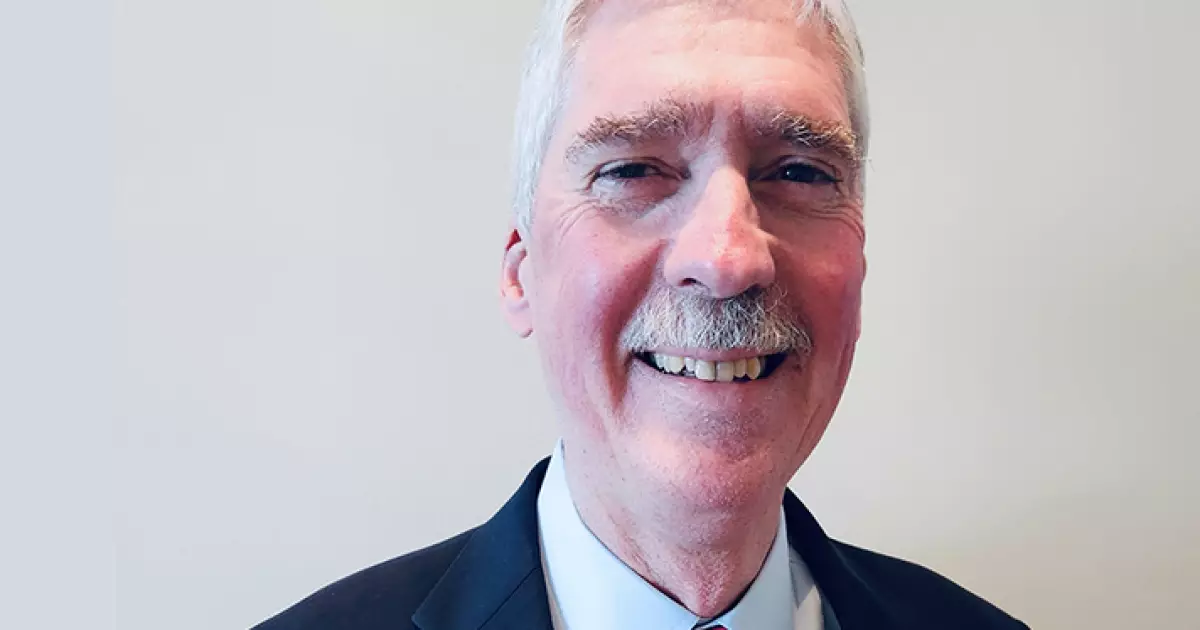Saybrook Fund Advisors LLC has made a resounding entry into the high-yield municipal bond sector by enlisting renowned portfolio manager Bill Black. This strategic shift speaks volumes about the future direction of distressed debt investments and opens up a new arena for high-yield separately managed accounts (SMAs). As someone who keenly observes trends in finance, I can’t help but feel that this initiative could be a game changer for investors who have been waiting on the sidelines, unsure of how to navigate the murky waters of junk municipal bonds.
This move, spearheaded by Black and co-managing partners Jon Schotz and Jeff Wilson, signifies more than just an expansion. It encapsulates a philosophy focused on sustainability and resilience against market volatility. The duo, already esteemed in the realm of distressed assets, recognizes that the financial landscape is changing, and they are capitalizing on that change. While others panic, Saybrook is strategizing, and that’s commendable.
Understanding the SMA Landscape
The rise of SMAs, particularly in the municipal market, has been astounding. With Bloomberg reporting that these accounts have reached an impressive $1.63 trillion in assets under management (AUM), it is evident that investors are keen to personalize their portfolios. Yet, much of this growth has been concentrated in high-grade municipal SMAs, leaving a significant gap when it comes to junk or unrated credits. Let’s face it: high-yield investments carry an inherent risk, and this hesitancy among traditional asset managers raises pertinent questions about future market dynamics.
Bill Black aptly highlights the necessity for specialized management in this niche. He emphasizes that effective high-yield management demands an unparalleled commitment and manual oversight that much larger funds simply cannot afford. By tapping into his years of experience and knowledge, Black aims to attract investors who are willing to withstand fluctuations for potential long-term gains. This hands-on approach elevates Saybrook’s position as a unique player in the high-yield sphere.
A New Way to Manage Risk
One of the standout advantages of SMAs, as Black points out, is their capacity to sidestep the outflow cycles that burden traditional mutual funds and exchange-traded funds (ETFs). In a world where panic-selling often dictates market moves, Saybrook’s SMA strategy creates a calm oasis for long-term investors. This is vital, especially in the high-yield sector, which is akin to a minefield of potential pitfalls.
Imagine a scenario where mutual funds are forced to liquidate assets to meet redemptions. This scenario can lead to a race to the bottom, further destabilizing an already fraught landscape. Saybrook’s approach of engaging with steadfast investors yields an innovative buffer against such market volatility. It’s a refreshing alternative that bears the mark of calculated risk-taking, an essential trait for any serious investor looking to capitalize on high-yield opportunities.
Seizing Market Opportunities
One of Saybrook’s unique strategies lies in its openness to speculative deals sourced from non-traditional broker-dealers. This ability to think outside the box against the backdrop of a conservative financial industry is what positions Saybrook as an avant-garde player. Black mentions that the firm will leverage relationships to optimize their bond sourcing, allowing them to venture into market areas typically overlooked by larger institutions.
It’s an encouraging sign that there’s a team willing to approach distressed assets with an understanding that mere headlines or ratings don’t always reflect the true potential of an investment. Instead, Saybrook is prepared to dive deep into selective sectors such as senior living, land-backed deals, and higher education, where conventional wisdom tends to falter. The firm’s fearless embrace of the so-called “headline risk” may very well allow for substantial rewards when executed judiciously.
Navigating Future Challenges
However, not all that glitters is gold. Black himself acknowledges the fragile state of liquidity in the high-yield bond market; this is a sentiment echoed by industry insiders. The departure of major Wall Street players like Citi poses its challenges; it remains to be seen whether Saybrook’s innovative approach can withstand potential liquidity crises that may emerge in a market punctuated by sudden redemptions.
Ultimately, as Saybrook embarks on this ambitious journey, investors should remain cautiously optimistic. The pathway to success is fraught with potential pitfalls and setbacks. Yet, Bill Black’s expertise and Saybrook’s long-term vision could well herald a new era for high-yield municipal bonds. The financial world is often unpredictable, and although Saybrook is taking bold steps, adaptability and resilience will be critical in ensuring they don’t just survive but thrive in this evolving landscape.


Leave a Reply